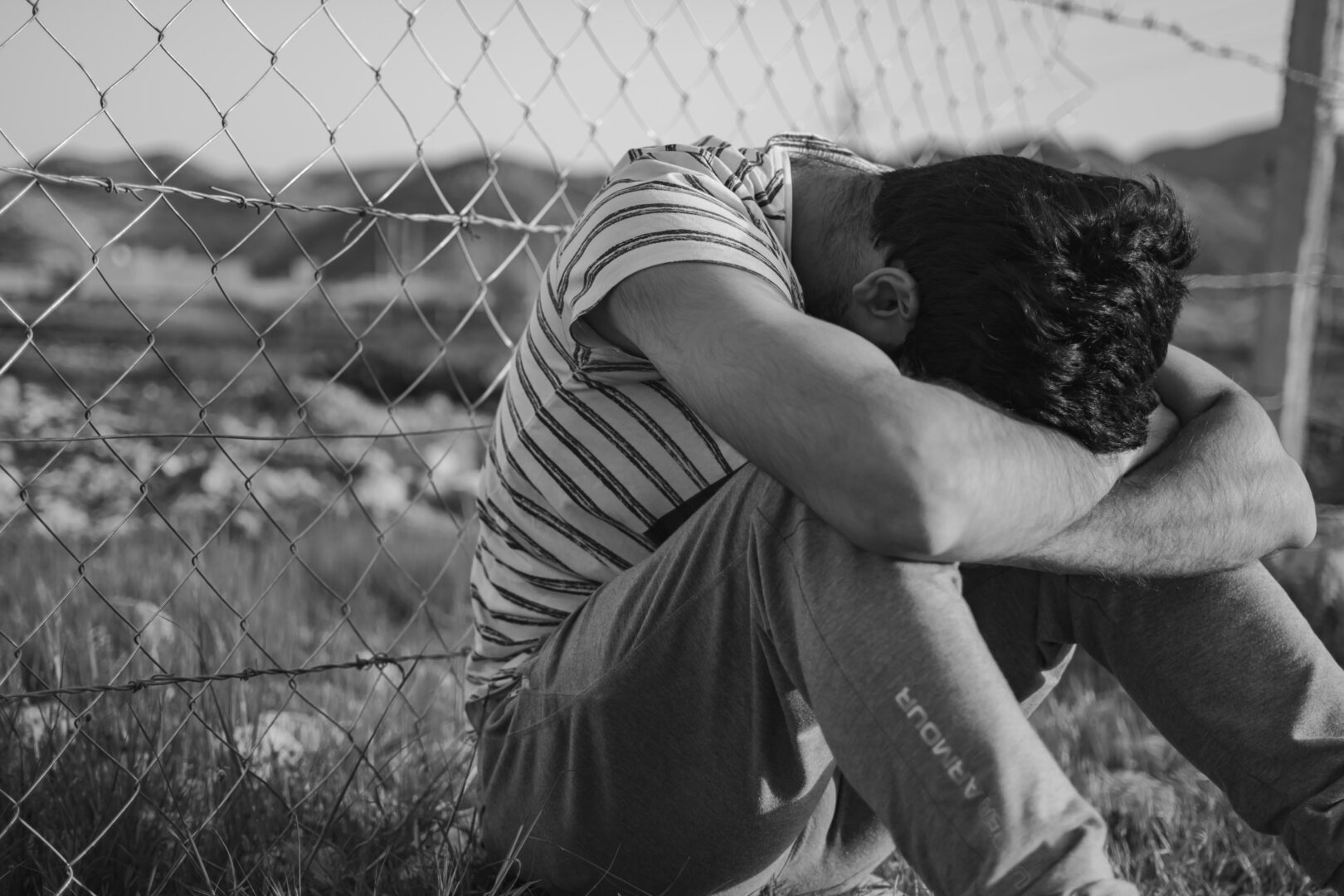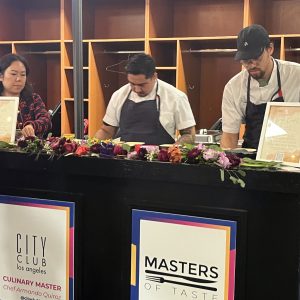 View Winners →
View Winners → 
A new book that recounts the personal stories of a diverse group of Los Angeles residents whose lives have been directly affected by violence is now available, it was announced Friday.
The L.A. County Department of Arts and Culture and the Office of Violence Prevention embarked on the project to record residents’ stories in the fall of 2020.
A selection of these stories — along with photographic portraits of many of the contributors — have been published in “Violence, Hope and Healing in Los Angeles County,” which is now available at county libraries and other designated locations.
A digital copy of the book along with the remaining stories will be published on the Department of Arts and Culture and the OVP websites.
For more than a year, Olga Koumoundouros, Department of Arts and Culture creative strategist-artist in residence with the OVP, enlisted the help of community-based organizations and individuals to identify residents willing to share their stories. A total of 100 people from all over the county, reflecting diverse perspectives, spoke in blunt, unsparing language about the physical and psychological toll that violence inflicts on individuals and families.
“I am so proud of this cross-sector collaboration between our Department of Arts and Culture and the Office of Violence Prevention,” said Board of Supervisors Chair Holly J. Mitchell. “Thank you to everyone who courageously shared their stories with us. We do not take this brave offering lightly. This project provides policymakers and our communities with the opportunity to learn from the real lived experience behind every story shared, so that we can create stronger systems for prevention and care.”
Andrea Welsing, director of the OVP, noted that the stories offer compelling evidence of the ways in which racism, sexism, homophobia, transphobia, poverty, addiction and systemic failures have helped to perpetuate a culture of violence across communities. In some of the stories, people caught up in a seemingly endless cycle of violence became violent themselves, she said.
Still, the message is not all grim.
“At the same time, these stories confirm that violence is often predictable and preventable, and highlight how we can support prevention and healing,” Welsing said, adding that the OVP will use the stories to help guide future practices and programs.








































































































